Free Ableton Live Mixing Template
(Update May 2023: When we moved to the new site, the template was lost. It was obsolete anyway as I’ve learned so much since that I can do better. I did a new one, but it’s more basic. In my opinion, it also does a better job. You can still gather ideas from this post and I will make another one but the basic is at the end of this post. The information below is for the old template, but the one to download is the new version. Sorry for the confusion. I will fix this soon.)
I’ve put together a free Ableton template after receiving feedback that it was very helpful for many people I’ve worked with. The template available on this page is aimed specifically at mixing. I’ve noticed that many aspects of mixing are often misunderstood; I’ve assembled a starting template that has bundled together many useful tools to deal with basic things – this free Ableton template will be useful for those involved in music making!
This template includes:
- 6 Groups: Kick, Bass/low end, Percussions, Hihats, Atmosphere, Melodic.
- 3 Busses: Low end (Where kick + bass are routed), Percussion, Melodic.
- 1 MIXBUS: Where the busses are routed and is actually your pre-master channel.
- 1 Reference channel: Where you drop the your reference track.
- Multiple Sends as enhancers.
- Macro tools on each groups and busses to help you tackle tone and potential issues.
This template looks very close to what pro engineers use like the one Andrew Scheps did for Puremix, but I found Andrew’s template wasn’t really as suitable for electronic music. I’m sure he would disagree but underground music isn’t really handled like commercial music is.
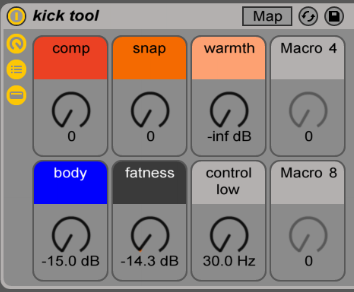
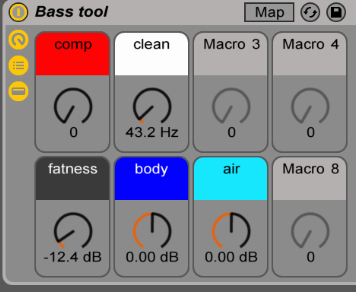
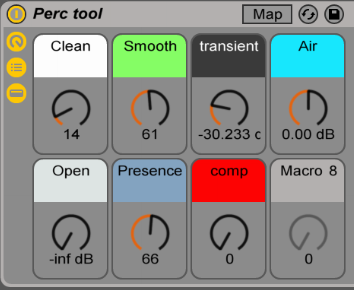

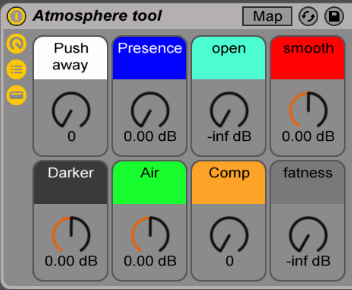
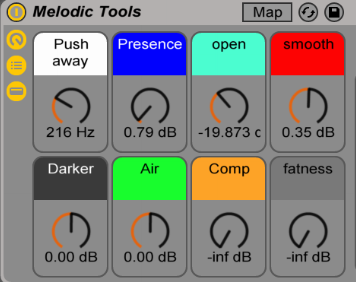

Is this template for producing or just mixing?
You could use this template to start producing with if you feel comfortable with it, but I’d encourage you to export stems from a project and then use this template to mix. Yes, it’s a bit more work, but it will also make free up your CPU and make your project ready for a new phase of production. It’s fun also to put an end to tweaking details and then focus on the mix alone.
How do I use this template?
There are many ways you could potentially use a template like this but I’d like to explain a few things to get you started quickly. First off, grouping your sounds is always a good start. I like to to think of it this way:
- Kick group: This group is made to hold the different layers of your kick(s); the best way to make full range kick is to have up to 3 layers, but that will be handled by the group’s macro tool that uses compression and saturation. I created another little macro tool to help beef up your kick with a sub generator and a transient enhancer. I included some sounds from my collection for you and feel free to add more. If you balance everything properly, you’ll have beautiful, warm and punchy kicks.
- Bass/Low end: This group is essentially the same thing as kicks, but to be used as the bass. Include the multiple layers of your bass (sub/mids), and I’d encourage you to also include anything that is below 200hz such as toms, synth, pads. The macro on that group will help balance it out.
- Percussions: Anything percussive from bongos, claps, snares or percussive synthetic sounds. This group can get busy so don’t be afraid to add multiple new channels in the group itself.
- Hihats: Hats or anything that is regular in your group and an important part of your groove could be put in this area. In my case, I sometimes include snares. Please note that there’s no right away to use the Percussion & Hihats group and experimenting might get you some interesting results.
- Melodic groups: These two work hand in hand. One is for anything in the background and the other is for the melodic elements to be forward. The way the macros work, they will help you position properly the sounds and make the best of them. Try playing with the various knobs to see how they influence the groups.
Please note – I’m applying high pass on these groups and feel free to change the steep which can influence the sound in some good ways, sometimes.

The three busses are quite interesting to work with once you get the levels of your groups finished. For instance, you want to find the best relationship between bass and kick that are routed together. Once they are balanced, the bus allows you to control both the bass and kick at once; this can help you more easily decide on the tone of your track by moving the bus up and down.
I’ve also included a reference channel to remind you to use a track that can be used as a mood and reference board. Reference tracks are great to help you to take inspiration from parts of other tracks you like and would potentially like to use in your mix.
The various sends are simple tools to just beef up or open up your sound. Sends are really for finishing touches to your mix and they’re meant to be used as gently as they can be; subtlety can also make things intense.
Thanks to everyone who provided feedback for the development of this free Ableton template; I am glad I can continue to help everyone enjoy making music!
Click to download this free Ableton template: (New version 2023)
Pheek’s template 2.0 for Ableton Live 11.3+

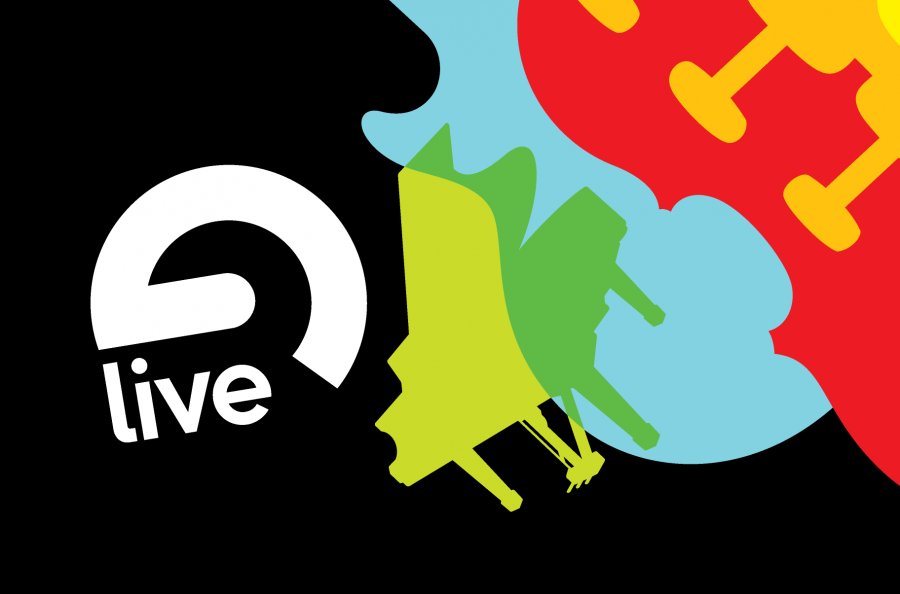


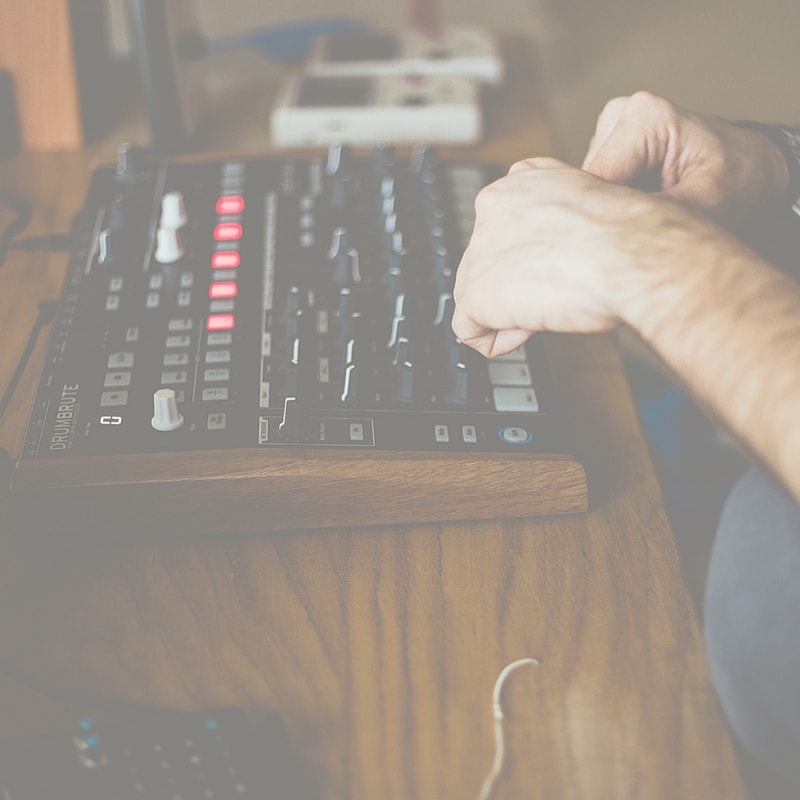

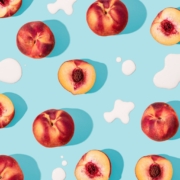
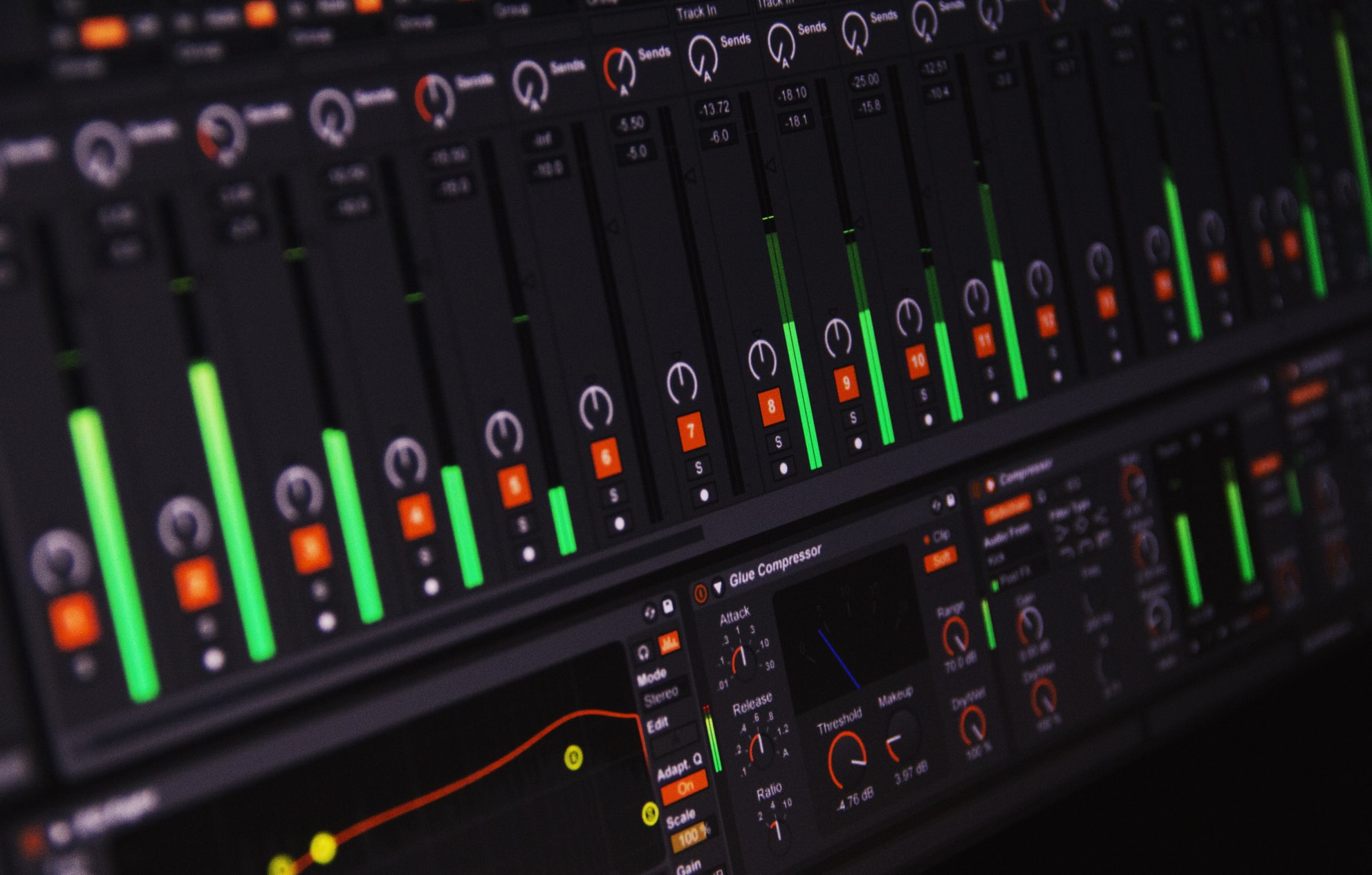

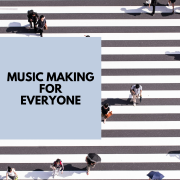


Please i would like to download the mixing template
Fixed!
This is so generous! Thank you so much for this template, coming from you … this is gold! Cheers,
Me again …
Are we supposed to get the macro controls with the template? Kick Tool, Bass Toll, Hats Tool, etc ?
This is from the old version. This whole post relates to that one but it was lost when I swapped sites. I have to rebuild but I want to do that from scratch. The new version doesn’t have all the initial tools because they don’t work as good as I want. There will be a v2.1 coming soon but in the meantime, you have a fully functional version capable of handling your mixes needs.
Thank you ! J’étais un peu confuse parce que c’est ce qu’on voit dans la vidéo. Je n’avais pas compris que c’était à propos de l’ancienne version. Merci beaucoup de partager ce template!
hello theres a problem with the link
Should do a eli5 for this template.
I have made 100s of songs, but I have no idea what to do as the first step.
What am I putting in to this?
Why can’t I just addi t in my song save file?
What’s a reference track?
So many questions that would be easier to be answered by email. You can contact me with the form. Some of your questions aren’t clear (what is a eli5??).
Is this template still available to download? The link doesn’t seem to work?
Yes at the end of the article, there is a link. Here it is.